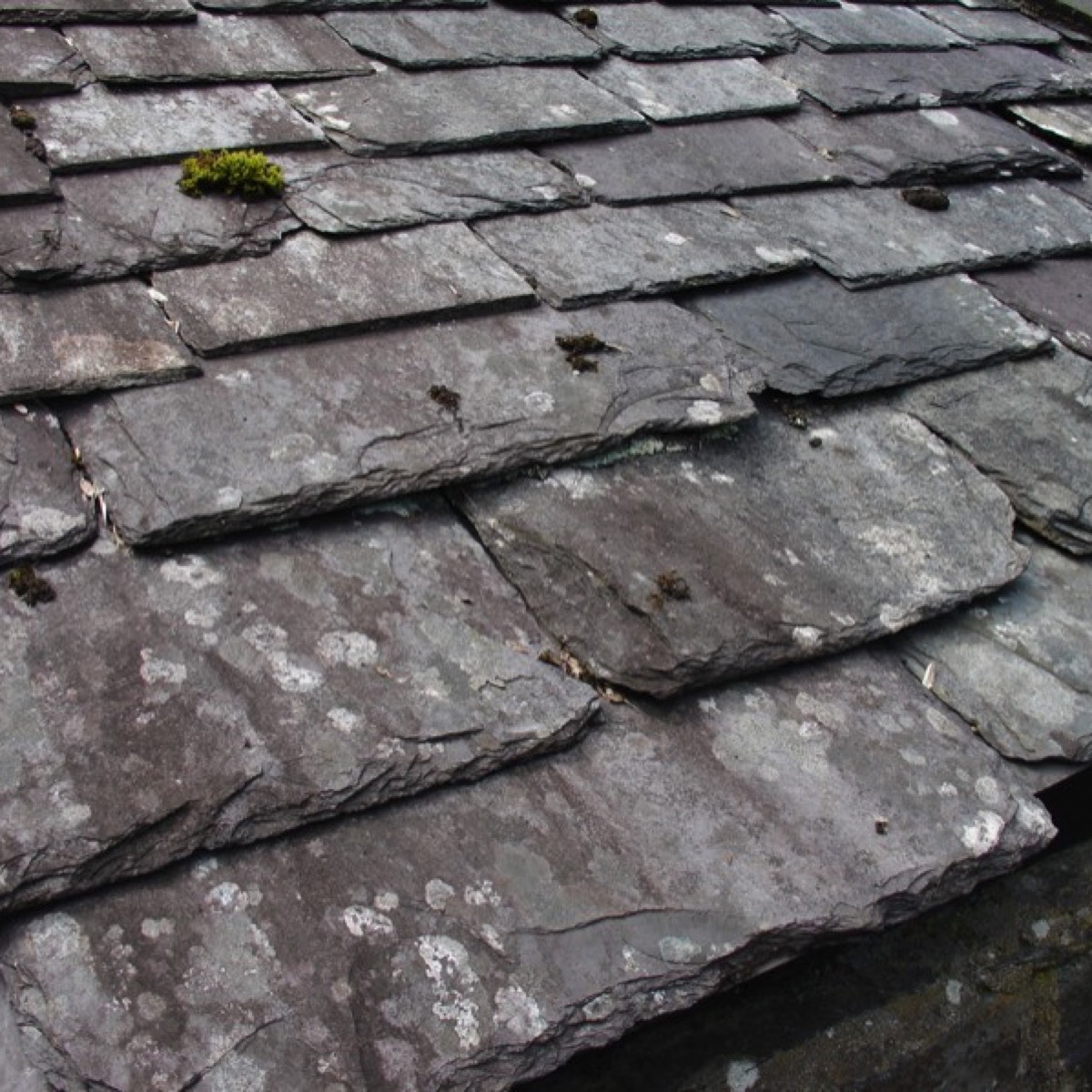How Much Does it Cost to Put in a New Manhole?

Job Costs
| Job | Description | Labour |
| 1 | To construct a completely new inspection chamber in the driveway where you’ve suddenly discovered the neighbour’s sewer connects to yours. Let’s assume it’s a metre deep and made of concrete rings with a car proof cover. That’s 2 men 3 days. | £825 |
| Plus materials, professional fees, tipping etc for the above. (The building inspector must be involved) | £800 | |
| 2 | To construct the above in engineering brickwork will cost an additional. | £375 |
| 3 | To replace “foot traffic” manhole cover will be half a day inc. materials | £125 |
| 4 | To replace a “vehicular traffic” manhole cover will cost | £150 |
Information Sheet on the Cost of Constructing an Inspection Chamber
If ever an area of home maintenance fitted the “best advice phrase”…. If it ain’t broke don’t fix it! Your sewer system is it.
Get it looked at when you buy the house then forget it, completely, until the unhappy day that you get that first unmistakeable whiff.
The system itself is hardly rocket science. Everything works by gravity and if it’s been designed properly should go on working forever. The nasties flow into a 4” diameter pipe, which drops steadily, usually with a 1 in 40 gradient, which is about an inch of fall for every metre, (is that what mixing your metaphors means?), to the main sewer which runs down the middle of the road. Sometimes one or more houses are connected together before going to the main sewer, in which case the eventual pipe diameter may increase to 6”.
Why 1:40? Because any less and nothing actually flows. Significantly more and the water flows away too quickly, leaving the solids and paper behind to solidify in the pipe! In fact the only other allowable gradient is… vertical.
Connections require an inspection chamber (manhole). Chambers must be inserted at every point that two or more pipes join or when a significant bend is required. There should also be a chamber where the pipe leaves the property to go into the road. This should incorporate an “interceptor” which is usually a slight “U” bend which acts as a sump. This eventually collects stuff which you drop down the toilet by mistake, so you can put your hand down and fish it out.
This act is probably the vilest thing any normal human being will ever be required to do, ever, in the whole of their lives. I suggest that if your wife’s engagement ring is down there and it’s worth more than £10,000, do it! Anything less, forget it!
Where were we? Oh yes…Old systems will have salt glazed clay pipework or pitch fibre, (we sincerely hope you don’t have the latter), newer ones can be dense clay or “plastic”. Older inspection chambers are usually made from rendered brick, or exposed engineering bricks. Modern chambers can be constructed from brick, deep concrete rings or rectangles, or once again, plastic.
There are no regulations regarding depth, this is determined by the height of the house above the main drain. Also unlike mains water pipes, which have to be sited about 3 feet below ground to prevent freezing, “sewage” doesn’t tend to freeze because of where it comes from. That’s either from your washing up water (hot) or from a more localised source that is usually about 98.4º Farenheit!
Sometimes the “foul drain” is separated from the surface water drain. Here the gullies (drains), which “pick up” the rainwater from the roofs, can have their very own sewer line. These usually bypass the sewage works and empty into the nearest river. Sometimes the surface water is taken to a soakaway or two, located about 6 metres away from the house (hopefully). Most of the time though, the rainwater and foul water end up in the same sewer.
So…The only bit which should be of any concern to you, is the covers to the chambers. These were once all cast iron or steel depending on how much weight they were designed to take. Now you can buy nice shiny galvanised ones from “Wickesbasebq”, but I wouldn’t advise trying to park your car on one of these! If you have a broken manhole cover, you don’t actually need us to tell you that you really should get it replaced do you?
However, the older it is, the less chance there will be of buying a matching replacement without paying through the nose for it!
Right… that just about covers most of you but what of the poor souls who aren’t on mains drainage? Well, the process is just the same but instead of disappearing under the road, the pipework ends up in either your cesspit or your septic tank. One for each house usually, try not to share!
A cesspit effectively only stores the sewage for a while. It then has to be pumped out and taken away, regularly.
A septic tank is more complicated. Here the solids sink to the bottom where bacteria digest them. The residue eventually has to be pumped out, but usually only after several years. The water leaves the tank continuously, to disperse via perforated pipes into the soil where it drains slowly away. (Plant your tomatoes here).
So, why do your sewers block up? Usually it’s “ladies’ things” or fats deposited into the sewer down the plug hole. This solidifies very quickly, builds up and stops the flow and you now have to sort it out!
There’s other stuff as well that causes blockages, ground movement (pretty serious this), plants getting into manholes, bits of the manhole itself falling into the channel.
So who cleans it all out? Well if you’re brave you can. Borrow some rods and plug away for a while, it usually does the job. There are fewer more satisfying sights than watching a full manhole suddenly emptying out. One minute you are nearly gagging, banging away with 20 feet of black rods covered in unmentionable vileness. The next a hideous brown whirlpool appears before your very eyes and 15 seconds later it’s all gone!
If you get a bloke in, he will come with water jets and suggest sending a camera down there, then charge like a wounded bull!
FAQs 'traffic light' guide
-
What's easy about this job…
Open or CloseNothing, it's horrible!
-
What's tricky about this job…
Open or CloseBreaking into the existing clay sewer pipe can be tricky.
-
Potential problems with regards to this job…
Open or CloseNothing that a 3 hour scented bath can't cure!
For all job costs click on the appropriate section below:
www.buildingsheriff.com
Copyright The Building Sheriff Ltd 2017


